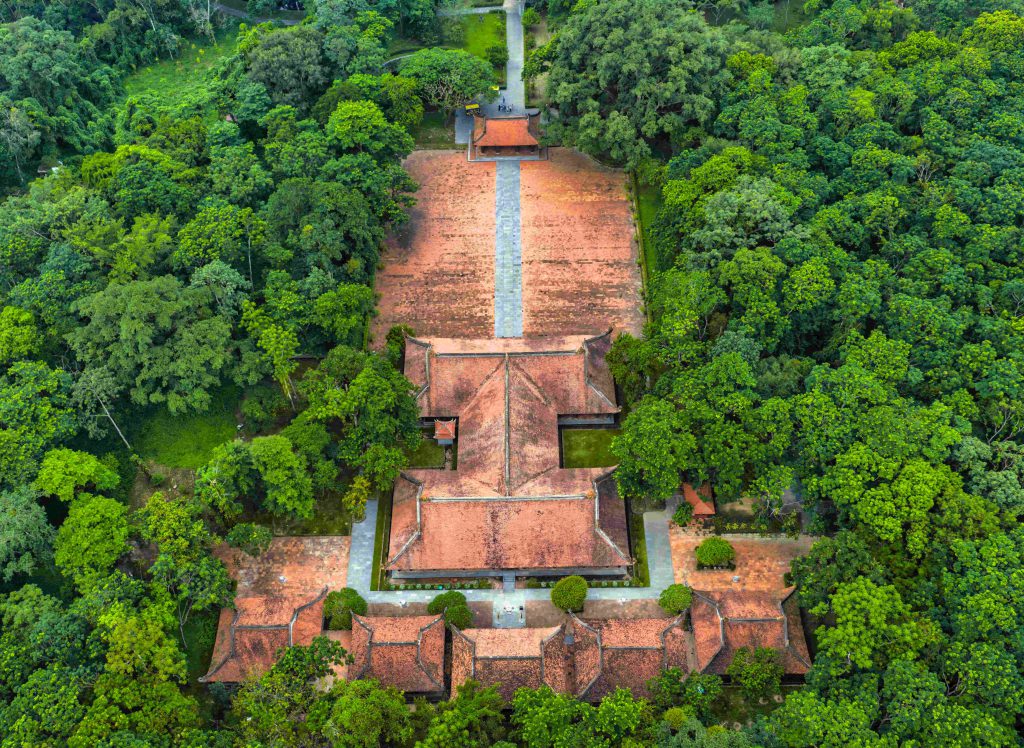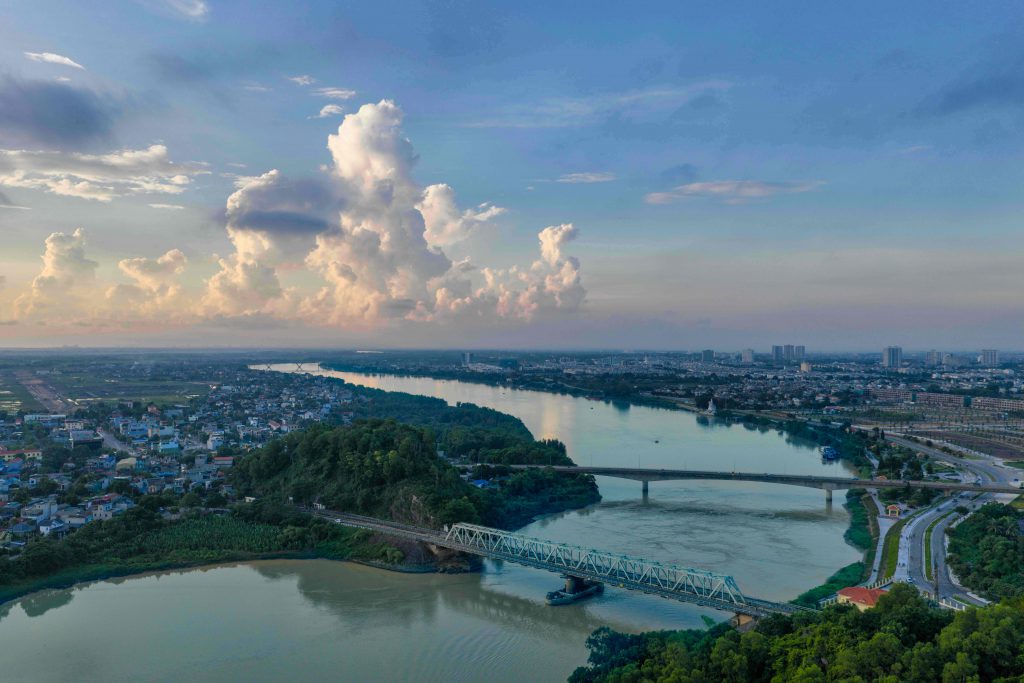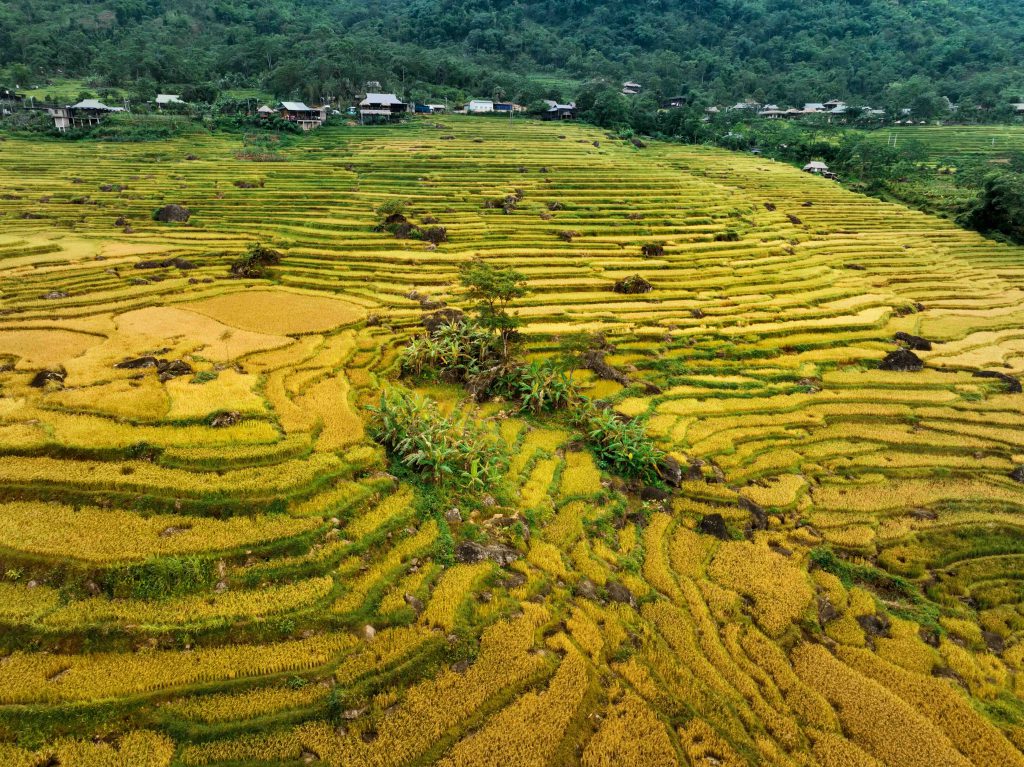Story: Huong Quynh
Photos: Duc Thanh, Nguyen Hai, Nguyen Sang
Thanh Hoa is often called a “miniature Vietnam” for its remarkable diversity of landscapes and ecosystems. The province boasts abundant natural gifts: a long coastline and winding rivers, primeval forests in national parks and nature reserves, towering mountains, and semi-mountainous areas that descend to fertile plains along the Ma and Chu rivers. It is also a cultural treasure, rich in both tangible and intangible heritage. Explore Thanh Hoa’s natural beauty and sites that left imprints on Vietnam’s history.

Home to heroes and scholars
Thanh Hoa is the birthplace of many national heroes and eminent figures, from Ba Trieu, the fearless general who rode into battle on an elephant, declaring, “I want to ride the strong wind, trample the fierce waves, drive away the Wu invaders, and reclaim our mountains and rivers,” to the peasant hero Le Loi, whose Lam Son uprising defeated the Ming invaders and established the illustrious Later Le dynasty, to revolutionaries and cultural luminaries of modern times.
Historic sites from the eras of nation-building and defense remain rich with cultural significance. The Temple of Ba Trieu at the foot of Gai Mountain offers a serene and sacred space. The monumental stone fortress of Ho Citadel continues to amaze with its masterful construction, using perfectly interlocked stone blocks without any binding mortar. The ancient Lam Kinh Complex preserves the courtly architecture of the Later Le dynasty, houses precious artifacts, and is steeped in legend. Across the province, countless other relics testify to Thanh Hoa’s legacy as a land of remarkable and spirited people.

Natural wonders
One visit is not enough to truly discover the beauty of Thanh Hoa. From forests to coastal areas, from mountain treks to river journeys, the province offers an ever-changing tapestry of landscapes: lively beaches like Sam Son, Hai Tien, and Nghi Son; verdant gems of the western highlands along the northern Truong Son Range, such as Cuc Phuong, Ben En, and Xuan Lien National Parks; Pu Hu Nature Reserve; and especially Pu Luong Nature Reserve – a highlight on Vietnam’s travel map every autumn.
In September and October, when the rice ripens, travelers from the lowlands follow the scent of the highland harvest to witness terraces of golden grain cascading down the mountain slopes – a heritage preserved for generations by the Muong and Thai people of Pu Luong. Perched over 1,200 meters above sea level, Pu Luong enjoys a cool climate year-round. Peaceful valley villages come alive during the harvest season, as visitors arrive to admire the ripening fields, stay in stilt-house homestays such as Thai House Pu Luong, Lua Pu Luong, or Pu Luong Tree House, wade in streams, bathe under waterfalls, and explore local life. Guests can also learn about traditional crafts such as weaving and bamboo and rattan work, forage for medicinal plants, and savor the distinctive cuisine of the Muong and Thai communities.

With natural splendor, cultural depth, and historical richness, Thanh Hoa is both welcoming and proud. This is an alluring destination for travelers from all walks of life.
Thanh Hoa is home to 1,535 relics and scenic sites, including 858 officially recognized monuments: one UNESCO World Heritage Site (the Ho Citadel), five Special National Monuments, 139 National Monuments, and 713 Provincial Monuments.










